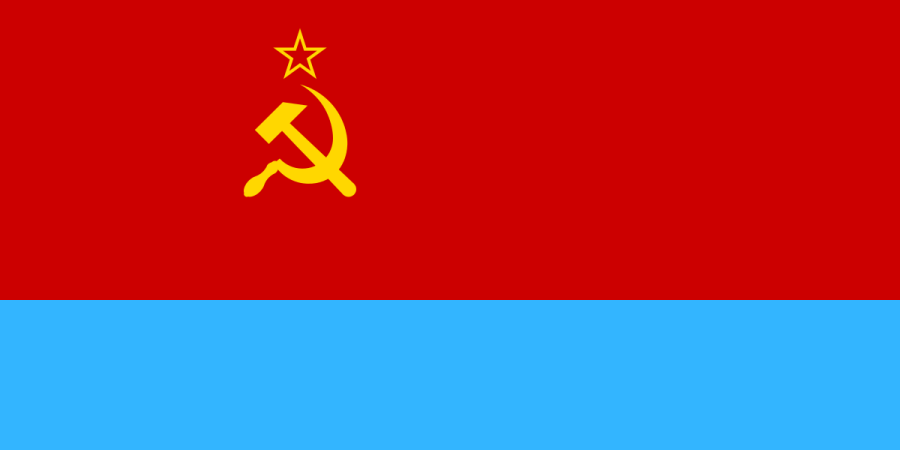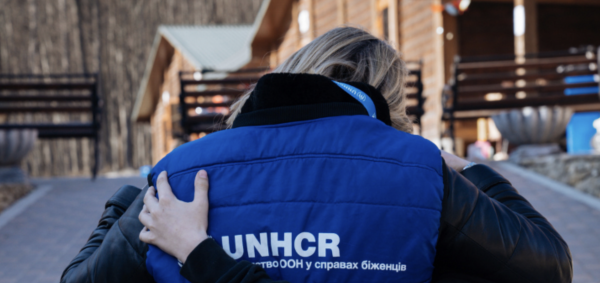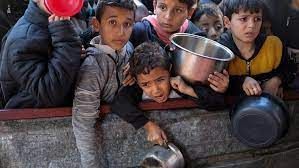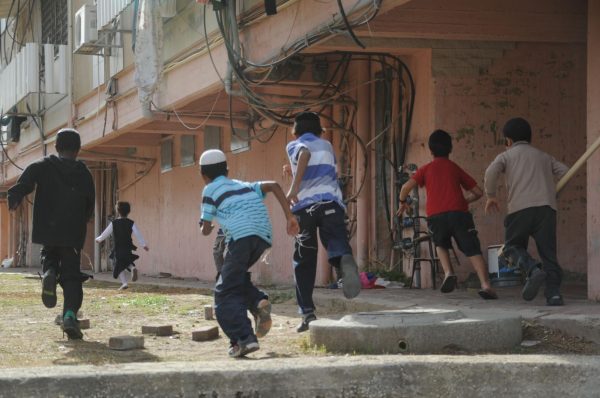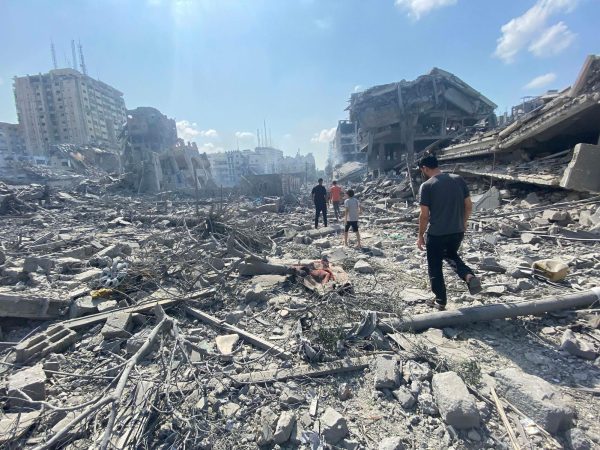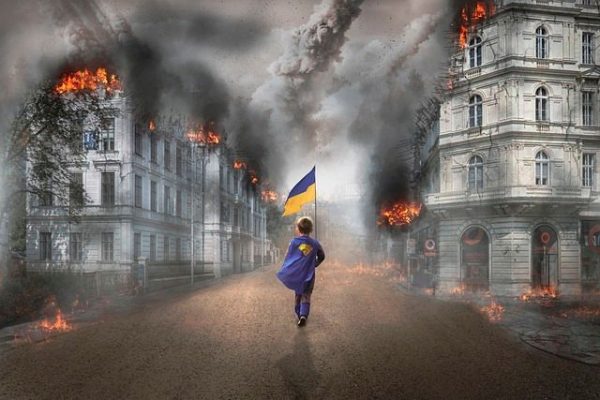Holodomor
Imagine a sullen atmosphere filled with piles of Lifeless corpses and the sight of economic demise. Such is the result from the reign of Joseph Stalin, one of the founding fathers of war crimes. At the beginning of the 18th century, a territorial war between Ukraine, the Austrian, and the Russian empires broke out. The Russian monarchy was overthrown in February 1917 in the wake of WW1.
The Ukrainian People’s Republic emerged shortly after with its declaration of independence from the Russian monarchy in 1918, which would end a mere three years later in their fight against the Bolshevik Red Army. This resulted in most of the Ukrainian territory being transferred to the USSR and had now become the UkrSSR (Ukrainian Soviet Socialist Republic). This would incur sanctioning of all the agricultural goods from the rural population by the Soviet Union, which resulted in a major economic collapse. The requisitions created discontent among the Ukrainian farmers leading Vladimir Lenin to stop the confiscation of land.
In 1923, the Soviets would take on a new policy of indigenization, named Ukrainization by the UkrSSR, which allowed for Ukrainian use of the media, government, and schools. The primary goal of the indigenization policy was to further empower the Soviet regime in Ukraine, which would later incur the wrath of the next Soviet Leader Joseph Stalin. At the beginning of the 1930’s, Stalin had become threatened by the new power of Ukrainian cultural autonomy. Fearing ‘’Ukrainian national counterrevolution,’’ methods to destroy the social and economic power of Ukraine took place in the form of political repressions, consisting of mass imprisonment, intimidation through execution of the Ukrainian communist party members, as well as church leaders.
This would be around the time that the new five-year collectivization of agriculture plan would begin. This plan granted the USSR control over the ‘’Breadbasket of Europe,’’ as they would use exports to pay for new industrial power to strengthen the Soviet state. Ukrainian citizens resisted the collectivization efforts of the USSR, but it only resulted in more of the rural farmers’ equipment and livestock being taken. Conditions resulted in an estimated 4,000 rebellions among the rural Ukrainian people, and the Soviet retaliation being even worse with higher taxes, and large-scale violence. Farmers who were seen as anti-Soviet were jailed and sent to labor camps by the GPU (Soviet secret police). Repression and controlled grain shipments would become the downfall of the Ukrainian people in the 1930s and would soon come to be named, ‘’Holodomor.’’
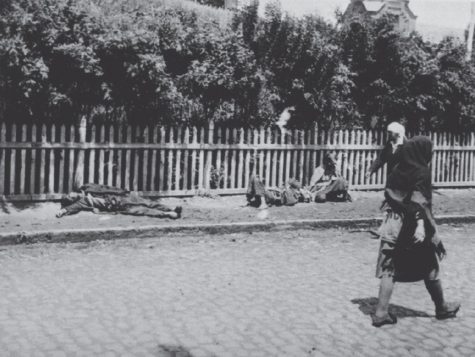
With the high number of grain quotas set by Stalin, 33% of Ukrainian villages were added to blacklists that were taken over by Soviet troops and were locked inside to make sure that no civilian could get supplies, eat, or escape, usually resulting in death of every village resident. The ‘Five stalks of Grain’ decree would come in 1932, prohibiting anyone from taking any produce from another field. Naturally, this rule produced individuals desperate enough to take measures to try and steal food which resulted in about 54,645 imprisoned, with about 2000 executed as of 1933. Farmers fled their villages in search of food from places outside of the UkrSSR, and with the collaborators of Stalin, directives were sent to stop any who fled.
As restrictions grew, the conditions of the Ukrainian people got worse and worse. Dispatched Communist party activists further worsened the household conditions by tearing down walls and destroying the ground to uncover any food rations that people might have stowed away. Naturally, this resulted in harrowing evidence of lynching, cannibalism, theft and more. With the artificial famine continuing to progress, the Ukrainian countryside was riddled with unidentified corpses as an estimated 28,000 Ukrainian people died a day. This would be around the time where the total estimated deaths of Holodomor would reach 3.9 million people.
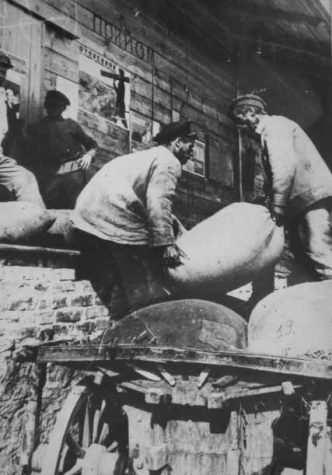
By 1932-33, the Soviet nation would have collected enough grain to feed an estimated 12 million people. Instead of using the collected grain for their own, the USSR had decided to sell the grain for money to other nations, disregarding any famine relief funds. It is apparent that the Soviets knew that this event would end in the deaths of millions, and the purpose of such atrocities was influenced by Stalin’s desire to destroy both Ukrainian nationalism and those with land and money. Such is the result of the ‘Terror Famine,’ Holodomor.
